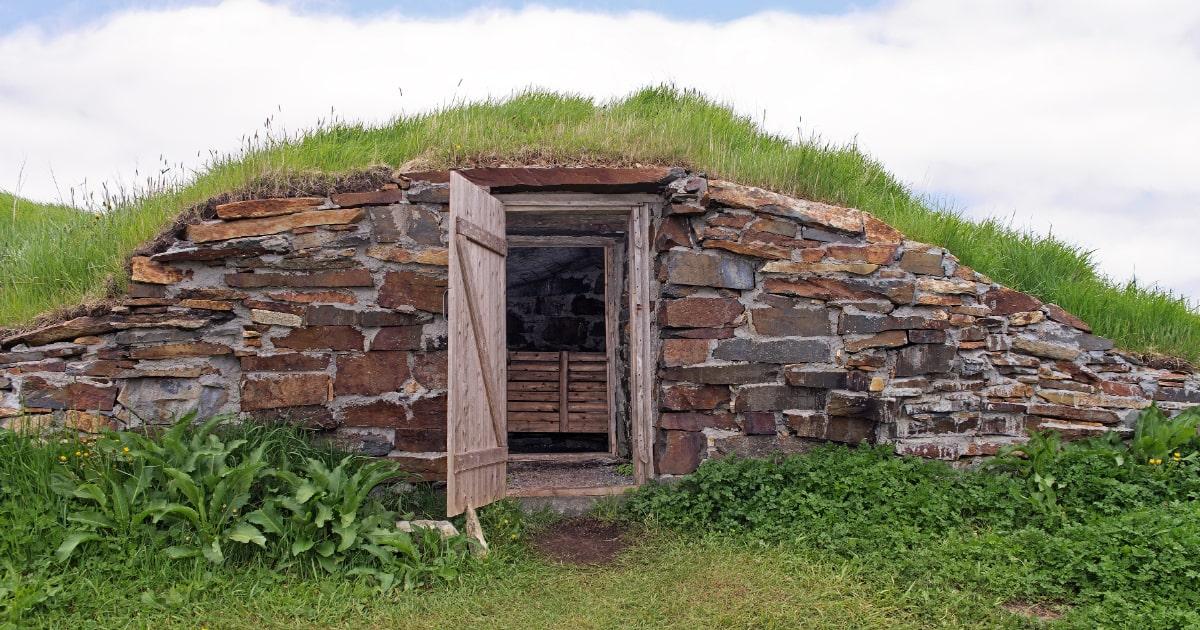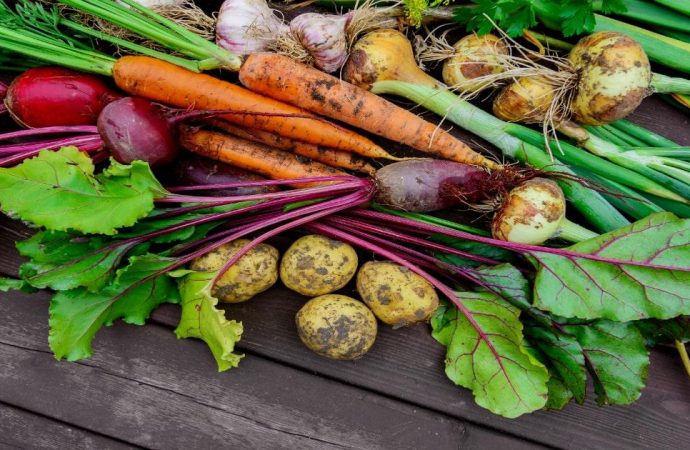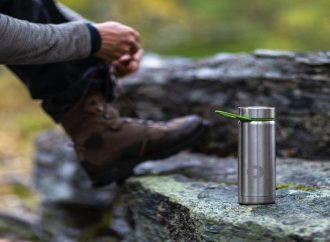Anyone that’s sat down for a Sunday roast with the family knows that root vegetables are cheap, filling, and readily accessible throughout the UK. That’s why they’re excellent for preppers, who have limited space, few sources of food, and need very low-maintenance crops that they can grow themselves. What’s more, the vast majority are winter
Anyone that’s sat down for a Sunday roast with the family knows that root vegetables are cheap, filling, and readily accessible throughout the UK. That’s why they’re excellent for preppers, who have limited space, few sources of food, and need very low-maintenance crops that they can grow themselves.
What’s more, the vast majority are winter vegetables, meaning their idyllic growing seasons operate in perfect parallels to the British seasons. But just because they have these advantages, it doesn’t mean they don’t need to be treated properly.
Here’s a guide of how to store root vegetables before any SHTF situation happens. But first, we’re going to tell you what is considered a ‘root vegetable’.
What Are Root Vegetables?
Root vegetables are crops that grow underground. They offer some of the highest levels of nutrients and come with a huge number of health benefits – for example, carrots feature a huge amount of Vitamin A, with one individual vegetable accounting for almost 190% of your daily allowance.
Some other examples of root vegetables include potato, celeriac and parsnip. They tend to be very durable due to the nature of their growing environment – dark, underground, normal amounts of water needed – and last a long time, with some, like potatoes, being suitable for weeks. And garlic is good for months on end.
But, how do you store root vegetables long-term? Here’s some top tips how, whether you have electricity or not.
Bugging In
If you’ve chosen to bug in, then you may have made the right call because the best way to store root vegetables is how you always have – keep carrots in the fridge, where it’s cool and they won’t spoil, and keep potatoes in a dark, dry place, like a kitchen drawer, similar to the environment they would grow in naturally.
You can frequently buy frozen root vegetables, so they are suitable to be kept in the freezer, which is ideal for a long-term solution if you can keep the power on in your home.
If you still have access to an oven or a food dehydrator, then why not take your root vegetables and make crisps out of them by thinly slicing and drying them out slowly. You can make crisps out of everything from potatoes and carrots to parsnips.
Root Cellar
These are the ideal locations to store your crops, as the requirements are very easy. Just make sure they’re kept dry and in an area that is fairly humid, but not unbearable.
As you may have noticed, this is the type of environment your home tends to be in, so you don’t have to do too much to keep them going.
The main issue would be temperature, but this is easy to work your way around. Root cellars also don’t need electricity – they’re simply a storeroom underground that’s been used for centuries, so you have no reason to panic in case a storm occurs, or you find yourself in a SHTF situation that’s caused by drastic weather and climate changes.

You may be thinking ‘I don’t have the resources to build a root cellar’ – but you’re wrong. As long as you can create a hole in the ground big enough to keep your vegetables in, you’re good to go. This book is a handy resource to get you on the right track and build your own.
All you need is a spade and some basic supplies and you can rest assured knowing you have longevity and sustenance when you need it most.
It’s also worth lining your cellar with a material like straw or tarpaulin, just to add an extra layer of security against the elements. It’s low effort, but very high reward – and could be just the thing that helps you see another day. Here’s another great book on how to construct your own root cellar.
Use Sand
Some preppers and those in the know swear by sand as a good way to store their vegetables – and it’s clear why.
Sand is durable, versatile, heavy, and causes no harm at all to your root vegetables, as they come with protective shells, like potato skin or garlic peel, to prevent things just like sand from leading to damage.
All you need to do to utilise sand is get a container, place your veggies in it, and then fill the container with sand. This can be something already created, like a disused fridge turned sideways, or something you improvise on the spot, like a large duffel bag.
The sand is the key component, alongside making sure none of the sand can escape. Lay the items in the sand but ensure that they do not touch each other.
Try not to use builders’ sand or children’s play area sand that you find at a DIY stores, but always aim for the most natural form you can without any added chemicals or minerals in it that could transfer to your vegetables.
Protect Against Pests
As we’ve already highlighted on this site in our gardening articles, there’s nothing pests love more than a good vegetable. We recommend against using pesticides when growing your crops, which puts them more at risk – and even if we did advise it, there’s little access to pesticides when SHTF so learn some of the best natural methods.
That’s why you should do everything in your power to protect against pests. From whitefly to rats, they’re all going to want the food as much as you do, and it’s important you don’t let them have their way.
Storing your goods in sand will help keep them fresh, but it doesn’t provide a very difficult challenge for these unwanted diners. That’s why, as mentioned above, you need a tight, heavy container with minimal access, such as a cellar or a zip bag, that can hold your goods.
Summary
As you can see, there are lots of ways how to store root vegetables and keep them safe from the elements, unwanted visitors, and other general risks your average British prepper will face when SHTF.
With our help, you can enjoy the flavour of wintery goodness all year round, whether you’re looking for garlic, potatoes, turnips, or something else entirely.
2 comments




















